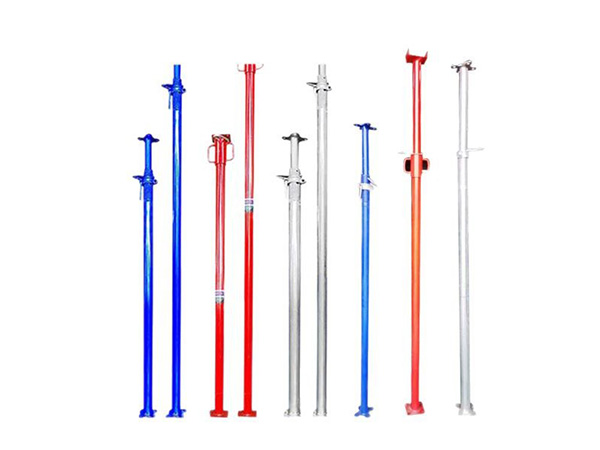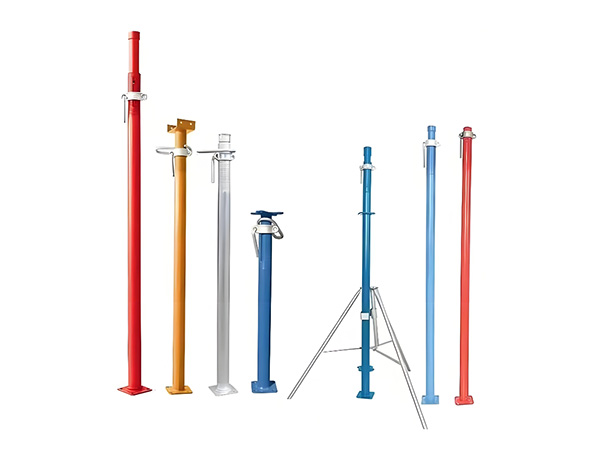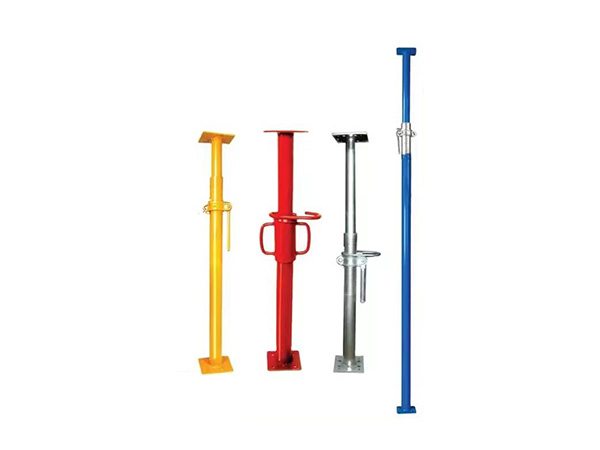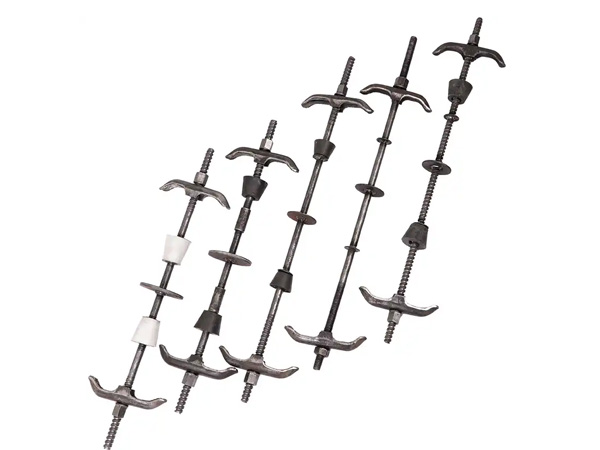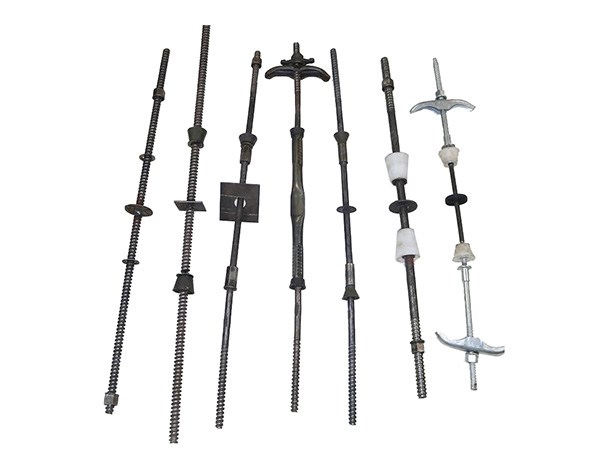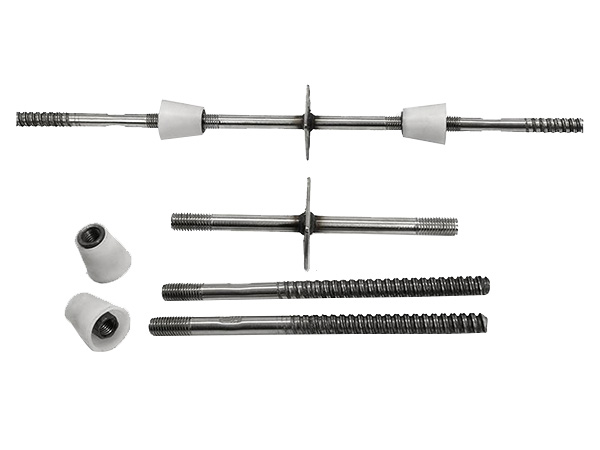- Site Navigation -
NEWS LIST
What Are the Common Mistakes People Make When Using Scaffold Couplers?
Author:yicheng Date:2025-09-03 17:47:34 Hits:64
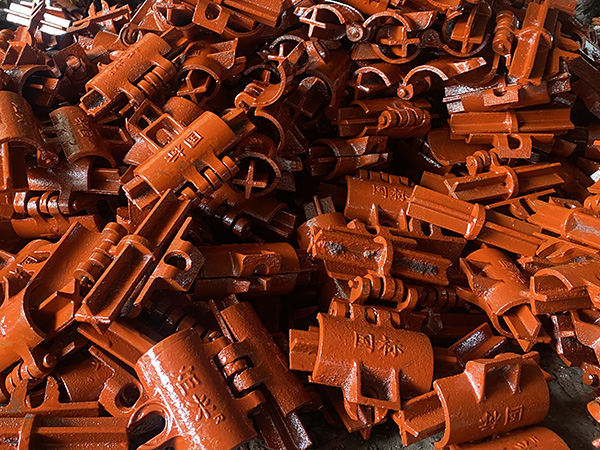
Using scaffold couplers incorrectly poses severe risks to structural integrity and worker safety—many accidents stem from avoidable mistakes that violate standards like EN 74-1/2(European)or BS 1139(British).Below are the most common errors,along with their consequences and how to avoid them:
1.Using the Wrong Type of Coupler for the Job
One of the most frequent mistakes is mismatching couplers to their intended use,which undermines the scaffold’s ability to bear loads or maintain angles.
Examples:
Using a sleeve coupler(designed for straight tube extensions)to connect tubes at a right angle(instead of a right-angle coupler).Sleeve couplers cannot resist lateral forces,leading to tube slippage or joint failure.
Using a swivel coupler(meant for adjustable angles)in high-load vertical connections(e.g.,supporting platform weights)—swivel couplers have lower load-bearing capacity than fixed right-angle couplers,increasing collapse risk.
Consequence:Joints fail under load,causing scaffold instability or collapse.
How to Avoid:Always match couplers to their purpose:
Straight extensions→Sleeve/parallel couplers.
90°fixed connections→Right-angle couplers.
Adjustable angles(15°–180°)→Swivel couplers(only for non-critical,low-load areas).
2.Ignoring Tube Diameter Compatibility
Couplers are engineered to fit specific tube diameters(e.g.,48.3mm,the standard for European scaffolds).Using a coupler with a mismatched tube diameter creates a loose,insecure grip.
Examples:
Using a coupler designed for 42mm tubes on a 48.3mm tube(gaps form between the coupler jaws and tube,allowing slippage).
Forcing a 50mm tube into a 48.3mm coupler(stretches the coupler jaws,damaging them and reducing clamping force).
Consequence:Tubes shift or detach under load;damaged couplers become unsafe for reuse.
How to Avoid:
Check the coupler’s markings(most EN 74-compliant couplers list compatible diameters,e.g.,“48.3mm”).
Measure tubes with a caliper if unmarked,and only pair them with couplers of the exact same diameter.
3.Improper Tightening(Under-Tightening or Over-Tightening)
Tightness is critical—too little torque leads to loose joints,while too much damages components.This is the single most common cause of coupler-related accidents.
Under-Tightening:
Using a regular spanner(instead of a calibrated torque wrench)and guessing the force,resulting in torque well below the 50 Nm standard(for steel EN 74 couplers).
Stopping early because the bolt“feels tight”(subjective judgment is unreliable).
Consequence:Couplers slip under vibration or load;tubes separate.
Over-Tightening:
Continuing to turn the bolt after the torque wrench clicks(exceeding 50–60 Nm).
Using a pipe extension on the torque wrench to“get extra leverage.”
Consequence:Stripped bolt threads,bent coupler jaws,or crushed tubes(aluminum tubes are especially vulnerable).Damaged parts cannot support loads.
How to Avoid:
Use only a calibrated torque wrench(checked annually for accuracy).
Follow the standard torque(50 Nm for steel couplers;35–45 Nm for aluminum)or manufacturer guidelines.
Stop immediately when the torque wrench clicks—never over-tighten.
4.Reusing Damaged or Wear-Out Couplers
Scaffold couplers degrade over time,but many users ignore defects to cut costs.Damaged couplers cannot meet load-bearing requirements.
Common Defects Overlooked:
Cracks in the coupler body or jaws(weakens the structure,leading to sudden failure).
Worn or stripped bolt threads(cannot achieve proper torque).
Missing/damaged washers(reduces clamping force and damages the coupler’s surface).
Bent jaws(fail to grip tubes evenly).
Consequence:Damaged couplers break under load,causing scaffold collapse.
How to Avoid:
Conduct a visual inspection before every use(per EN 74-1).Reject any coupler with cracks,wear,or deformation.
Test bolt threads by hand:if the bolt spins freely without resistance,it is stripped and unsafe.
Never“repair”a damaged coupler(e.g.,welding a crack)—replace it entirely.
5.Skipping Pre-Installation Cleaning
Dirt,rust,paint,or debris on tube ends or coupler jaws prevents full contact between the coupler and tube,reducing grip.
Example:Attaching a coupler to a tube covered in wet concrete or rust flakes—debris acts as a barrier,so the coupler never clamps tightly.
Consequence:Even with correct torque,the coupler loosens as debris compresses or falls out.
How to Avoid:
Wipe tube ends with a wire brush or cloth to remove rust,dirt,or paint.
Clean coupler jaws with a dry rag to clear any debris before installation.
6.Incorrect Sleeve Coupler Overlap
Sleeve couplers(for straight tube extensions)require tubes to overlap by a minimum length(typically 150mm for 48.3mm tubes)to distribute load evenly.Shortening the overlap weakens the joint.
Example:Overlapping tubes by only 50mm(to“save time”)—the sleeve cannot grip enough tube surface,leading to separation under tension.
Consequence:The extended tube bends or detaches,risking falls or equipment damage.
How to Avoid:
Mark tubes at the required overlap length(use a tape measure)before sliding on the sleeve.
Ensure the sleeve covers the entire overlapping section—no part of the gap between tubes should be exposed.
7.Neglecting Post-Installation and Ongoing Checks
Tightness loosens over time due to vibration,temperature changes,or repeated load shifts.Failing to recheck couplers leads to“hidden”looseness.
Examples:
Never re-testing torque after the initial installation.
Skipping daily visual checks for gaps between couplers and tubes.
Ignoring loose bolts noticed during work(e.g.,a coupler that“rattles”when tapped).
Consequence:Loose joints worsen over time,eventually failing without warning.
How to Avoid:
Daily Checks:Visually inspect couplers for gaps,bolt movement,or tube shifts before each work shift.
Weekly Torque Re-Checks:Use a calibrated wrench to re-test 10–15%of couplers(focus on high-stress areas:base couplers,platform supports,diagonal braces).
After Weather Events:Recheck couplers after rain,wind,or temperature swings(moisture can cause bolts to loosen;expansion/contraction affects tightness).
8.Using Uncertified or Non-Standard Couplers
Non-EN 74/BS 1139 couplers(e.g.,cheap,unbranded imports)often skip safety testing and use low-quality materials(e.g.,weak steel).
Example:Buying a coupler without EN 74 markings—its load capacity is unknown,and it may fail under even moderate weight.
Consequence:Couplers break unexpectedly,as they cannot withstand designed loads.
How to Avoid:
Only use couplers marked with EN 74-1(for load-bearing couplers)or EN 74-2(for accessories).
Verify certification with the manufacturer(ask for test reports if unsure).
All these mistakes are preventable with proper training,adherence to standards,and a focus on safety over speed or cost.Even small errors can have catastrophic outcomes—consistency in inspection,installation,and maintenance is key to keeping scaffolds secure.







